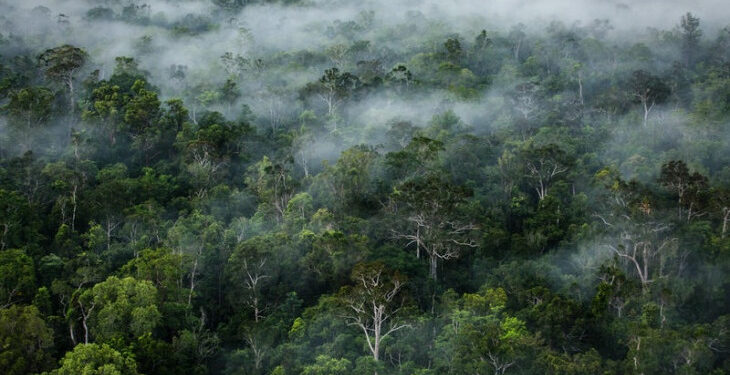Tucked away in the highlands of South Tapanuli, North Sumatra, Indonesia, Sitandiang Forest is a pristine tropical rainforest teeming with biodiversity. Located in Dusun Sitandiang, Bulu Mario Village, within Sipirok District, this forest lies within the broader Batang Toru Ecosystem—one of the last remaining habitats of the critically endangered Tapanuli orangutan (Pongo tapanuliensis). First identified as a distinct species in 2017, the Tapanuli orangutan is considered the rarest great ape on Earth, with an estimated population of fewer than 800 individuals (IUCN Red List).
Sitandiang Forest plays a vital role as a natural corridor linking the three fragmented populations of Tapanuli orangutans found in the Batang Toru region—Western Block, Eastern Block, and the Sibualbuali Nature Reserve. Maintaining this connectivity is essential for genetic diversity and species survival. A study by Sumatran Orangutan Conservation Programme (SOCP) and partners highlights Sitandiang’s strategic location and ecological significance in orangutan conservation efforts (ResearchGate, 2020).
Beyond its biological importance, Sitandiang is home to a small rural community of about 35 families who rely on sustainable agriculture, including rice, coconut, sugar palm, and coffee. Their way of life is closely tied to the Batang Toru River, which flows through the forest and supports local irrigation. However, this delicate balance faces increasing pressure from infrastructure projects such as the controversial Batang Toru hydropower plant. Residents have expressed concerns over reduced river flow, which threatens their farms and the forest ecosystem (Mongabay Indonesia, 2022).
In recent years, local and international conservation organizations have initiated awareness and capacity-building programs to empower the Sitandiang community. Workshops, forest patrol training, and environmental education aim to protect orangutan habitat while providing alternative livelihoods. These grassroots efforts have strengthened the relationship between indigenous knowledge and modern conservation practices (MetroTV News, 2021).
For eco-tourists, researchers, and wildlife enthusiasts, Sitandiang Forest offers an authentic and meaningful experience. It’s a place where dense canopies, the call of hornbills, and the elusive presence of a Tapanuli orangutan remind visitors of nature’s fragile beauty. As more travelers seek destinations that support sustainability and biodiversity, Sitandiang stands out as a hidden sanctuary worthy of global attention and protection.


Comment (0)